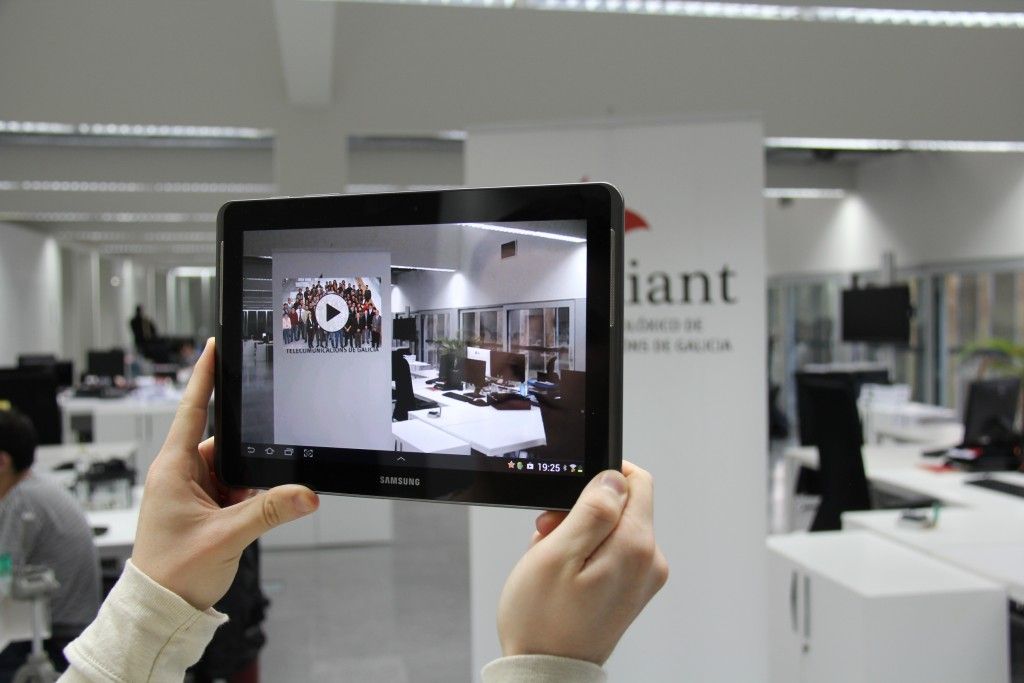Adrián Teijeiro
Nowadays, we live in the information overload age, but, is this data really useful to us? Do we actually assimilate all this information? There are scenarios where the information presented is not enough or is not contextualized. Augmented reality solves this problems by combining both real and virtual worlds, improving our vision of the real world by overlaying additional information. The information provided through augmented reality is always the necessary and it is in the right place.
This technology is experiencing a strong growth, thanks to the quick increase in the number of smartphones and tablets that can use augmented reality technology and to the emergence of the Smart Glasses. It is also expected that these devices will arrive to the general public within the next year which will mean the final push required to take the augmented reality technology to the next level.

But until now there is an obstacle: creation of augmented reality scenarios. This is a complex task, since the implementation of each new scenario requires modifying the code of the application in which it is integrated. This is a great effort and it must be carried out by qualified personnel.
Gradiant has an augmented reality platform for the creation and display of such content. The main advantage of this tool is that the creation of augmented reality scenarios is done in a simple manner, substantially faster, in an autonomous way and without the need for skilled personnel for the implementation. This represents a significant breakthrough that allows to ignore the problems that make the use of augmented reality is a field for a few.
The application fields for the augmented reality platform are diverse and numerous. One of the areas in which augmented reality is more widespread is marketing, enhanced product information or allowing ads interaction, improving the feedback to the supplier or manufacturer. Another area where augmented reality can represent a revolution is tourism, being able to instantly have all the related information with a point of interest, monument, or even a guide to the shopping area of a large city.
But augmented reality can also have most significant uses, like e-learning, by using 3D virtual models of real objects to facilitate the assimilation of new concepts. Finally, the utilization of augmented reality in industrial environments is also an important area of application, helping workers to perform complex tasks.
The potential of augmented reality is great: Who would think in a concret field like tattoos or body art we could apply successfully augmented reality? Well, there are successful experiences in this area: TattooMedia is an application that emerges from Gradiant augmented reality authoring tool and allows artists and their customers introduce additional content to their tattoos through augmented reality.
More information about this augmented reality platform in: http://www.slideshare.net/ComunicacionGradiant/20140320-mobile-ar-platform-overview


